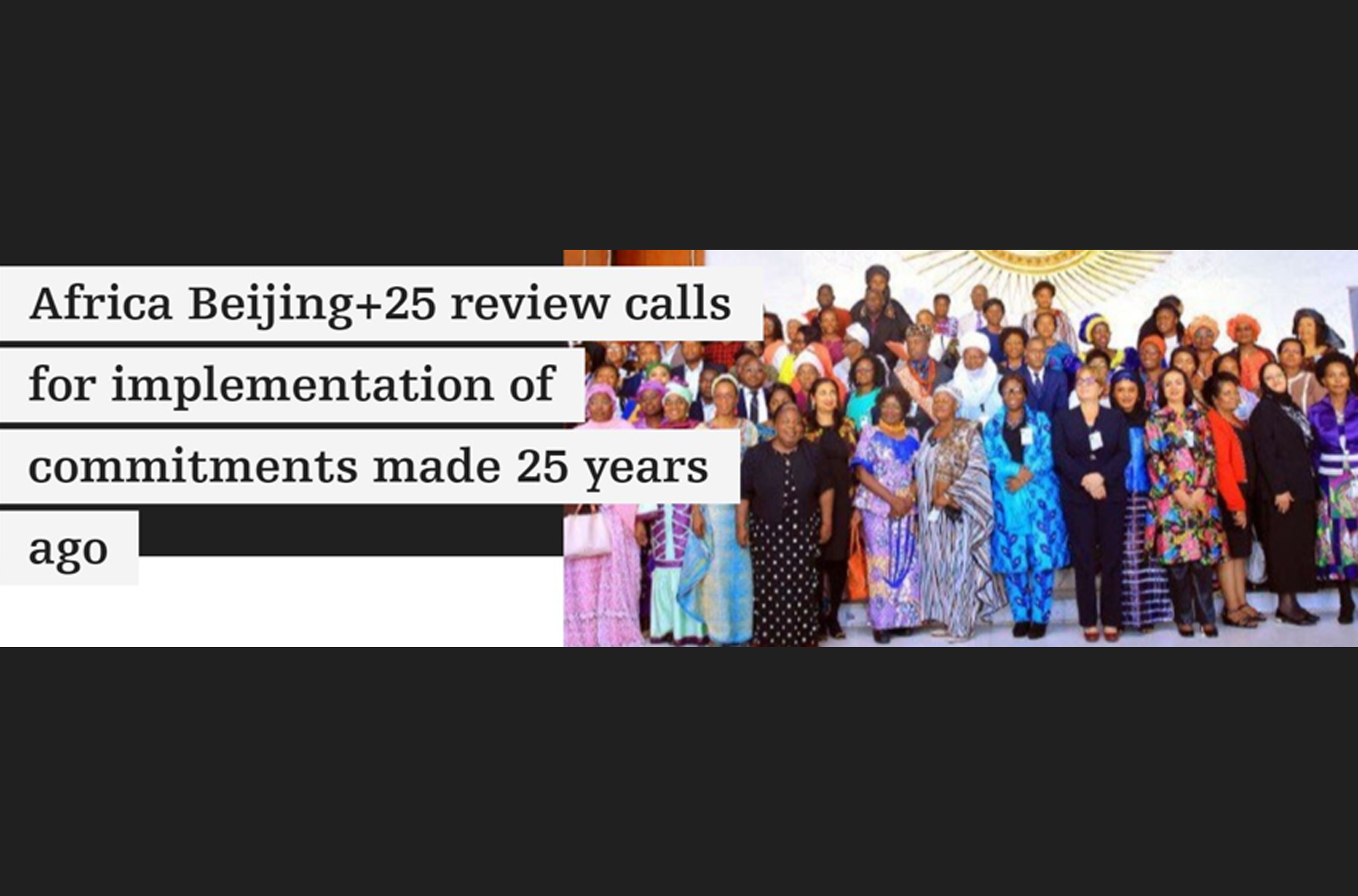
by Marion Stevens
Agenda, Theme: Empowering women for gender equity, 8 June 2021 (Not open access)
Abstract
Twenty-five years since the Fourth World Conference on Women, as a result of feminist organising and activism, there has been substantial law reform and transformation in South Africa. Yet, as for many countries in southern Africa, we have yet to see full implementation and universal access to services for girls and women. This article in offering reflections from the past 25 years, notes how the new democratic government set about replacing the apartheid policy of population control after 1994. It is argued that despite progress, population control remains embedded within programming for sexual and reproductive health and rights in South Africa. The contextual barriers represented by the gender effects of the HIV epidemic for women, government denialism and poor financing as well as navigation of donor practices are inextricably entwined with the realisation of sexual and reproductive health and rights over this period. What is of concern is the influence and dependence on international non-governmental organisations (NGOs) and donors in policy, programming and
implementation, particularly against the history of ‘Gag laws’ imposed by conservative governments,
effectively rolling back reproductive services and therefore rights. Two related reproductive health indicators, contraception and abortion, are tracked noting how these have been framed, programmed, developed and also changed over the past quarter of a century in South Africa. Within a human rights perspective together with a social justice rubric, narrating the key struggles for reproductive justice provides an opportunity to review sexuality and reproduction from the individual to a wider context, locating struggles and challenges within families, communities and society. While there have been substantial changes and reforms over this time systemic injustices persist. These remain racialised with black and poor women bearing the brunt of high rates of maternal morbidity and mortality, even more so during the COVID-19 pandemic.
VISUAL: 31 January 2020



